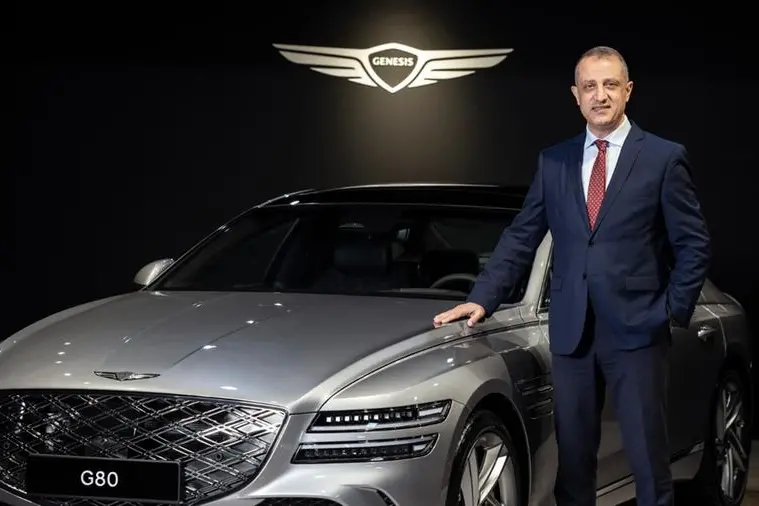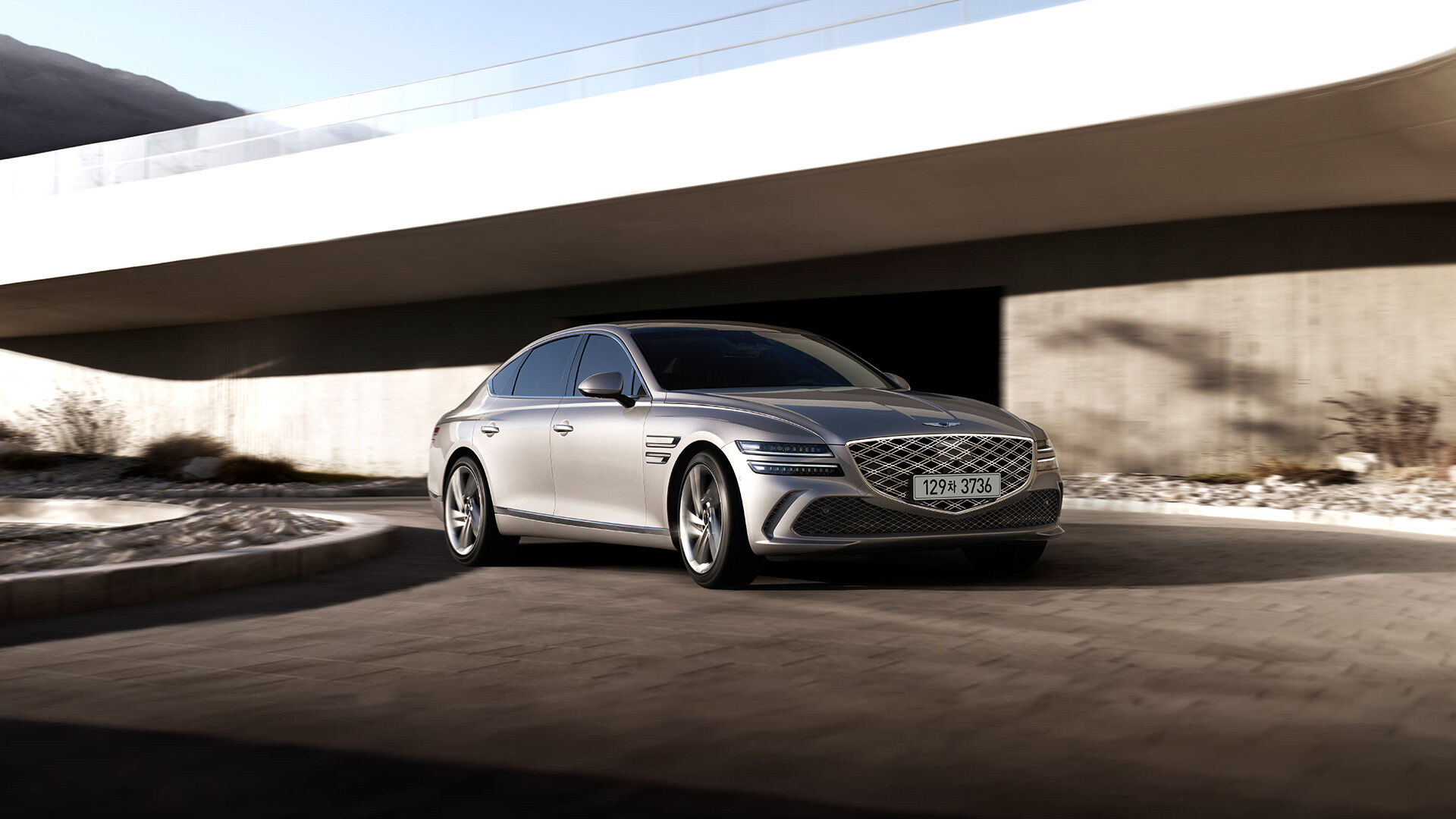Slack? Phone? Teams? Zoom? There Are Too Many Work Communications
Workplaces become saturated with ways to talk, often breeding mistakes and misunderstandings
Lisa Donovan was juggling pings from multiple Slack channels and email windows when she inadvertently sent a sensitive company document to the wrong person.
The part-time accountant for a Virginia-based academic coaching firm toggles between 30 instant-messaging channels, four client-email accounts and at least a dozen phone or video calls a day, she says.
“It’s, like, ‘Are we on Zoom? Are we on Teams? Did I respond to that? Did I say it right?’” says Ms. Donovan, who works from Richmond, Texas.
There are so many ways to communicate at work that our communication is breaking down. Bosses say missed messages and crossed signals waste time and trigger mistakes, while research suggests that so much virtual communication makes it easier to snipe at or ignore co-workers. Then there’s the stress of having to stay on top of so many different channels all the time.
Microsoft Corp.’s Teams use has surged to more than 280 million monthly active users. Zoom Video Communications Inc.’s business customers have nearly tripled to more than 210,000 since the start of the pandemic, and Salesforce Inc.’s Slack is also growing. In many cases, the clients of each overlap and use the tools on top of emails, texts and in-house messaging forums.
All of it is enough to make workers long for the days of complaining about email-inbox overload.
“It’s overwhelming,” says Wendy Weinberger, Ms. Donovan’s boss and head of the firm. The company’s IT department was able to successfully recall the sensitive email.
In a 2022 Harris Poll survey of more than 1,200 workers and executives, bosses estimated that their teams lost an average 7.47 hours—nearly an entire day—to poor communications a week. Based on an average salary of $66,967, the lost time translates to a cost of $12,506 per employee a year, according to the report conducted on behalf of Grammarly, a proofreading software company.
A new study from executive-search firm Korn Ferry found that communication misfires have helped to make some work relationships less pleasant and collegial. Among 357 professionals surveyed in recent weeks, nearly half said that remote work made it easier for colleagues to get away with rude behaviour such as interrupting on calls and not returning emails.
Remote work has accentuated colleagues’ different communication habits, and their potential to clash, some employees say.
“These tools that are meant to make communication easier have a dark side,” says Michele Simon, a Los Angeles-based lawyer specialising in workplace trauma. A new Pepperdine University study on workplace toxicity that surveyed 800 office workers found that 35% cited communication problems as the top barrier to getting ahead in today’s workplace—ahead of office politics (29%), small budgets (26%) or ineffective plans (20%).
Michelle Sooknanan says that at her previous job as a sales manager for a Florida food manufacturer, her boss would often call her impromptu via video as she worked from her home office in Portsmouth, N.H.
She says she found the unscheduled calls to her desktop computer stressful and asked that, outside of scheduled calls with the team, she be contacted only by email or instant message. Her manager emailed a couple of days later that her request couldn’t be accommodated, and that video would sometimes be necessary.
Ms. Sooknanan says the tension contributed to her eventual departure. The company didn’t respond to requests for comment.
Multiple modes of communication get more complex as the number of people on a conversation thread grows, says Jessica Carlson, a former director of supply-chain operations at Nestlé SA who left the company in March. Wrestling with post-Covid supply-chain challenges often took place over multiple time zones and forums.
“You could have an email chain, a text thread, a videoconference call and an in-person one-on-one about the same topic all within 24 hours,” says Ms. Carlson, who has since founded consulting firm headStrat Solutions.
Many companies have largely left it to teams and co-workers to sort out how they communicate, which can add to the confusion. For workers feeling overwhelmed, making a clear choice ahead of time can help, says Sally Susman, chief corporate affairs officer at Pfizer Inc. and author of a recent book on improving workplace communications.
She suggests asking teammates or other colleagues what their communication preferences are, while also being unafraid to state your own.
In the absence of in-person social cues, she adds, the voice becomes more important. Use it to transmit collegiality and other positive qualities that would ordinarily be picked up in person. Even in email or text messages, small touches like “Hi there” can exude warmth in formats that ordinarily feel cold and transactional.
Some companies are trying to come up with new ways for workers to get messages across. Archer Daniels Midland Co. has corralled its modes of communication by linking instant messaging, email, video and social-media style updates into one central hub.
It’s “air-traffic control,” says Brett Lutz, vice president of global communications at Archer Daniels Midland. He says the forum, powered by workplace communications software company Firstup, lets workers see stories, images and other updates.
Shopify Inc., the e-commerce and retail technology company, recently instructed staff to shift to Meta Platforms Inc.’s Workplace, which combines instant messaging, videoconferencing and other communications tools.
“Email hasn’t evolved in the last 30 years. And it still sucks,” Shopify Chief Operating Officer Kaz Nejatian wrote in a January memo to staff.
To get there, though, employees would have to check their email for an invitation to join. “Didn’t get that email? Check Okta or ping #help-chaos,” he continued, referring to two more ways employees could inquire about an invite.
 Copyright 2020, Dow Jones & Company, Inc. All Rights Reserved Worldwide. LEARN MORE
Copyright 2020, Dow Jones & Company, Inc. All Rights Reserved Worldwide. LEARN MORE
Chris Dixon, a partner who led the charge, says he has a ‘very long-term horizon’
Americans now think they need at least $1.25 million for retirement, a 20% increase from a year ago, according to a survey by Northwestern Mutual
The G80 Sport makes its entrance, displaying dynamic design details and elevated automative capabilities.
Juma Al Majid LLC, the exclusive dealer for Genesis in the UAE, has launched the G80 – a cutting-edge luxury sedan. Merging tradition with innovation, this model embodies Genesis‘ relentless pursuit of superior design, state-of-the-art technology, and unmatched luxury.
The new G80 marks a significant milestone in introducing Korean automotive excellence to the UAE, highlighting the brand’s commitment to providing exceptional experiences.
Meticulously crafted, the redesigned G80 adheres to the ‘Athletic Elegance’ design philosophy synonymous with Genesis. This luxury vehicle features refined details and cutting-edge specifications, combining comfort and style to elevate every driving experience to new heights.
“The debut of the all-new G80 in the UAE market propels our vision to converge advanced technology and refined elegance”, stated Suliman Al Zaben, Director of Genesis, UAE. “This launch is a step forward for Genesis in the UAE market and strengthens our efforts to offer ultimate luxury, innovation, and unique design to our incisive customer base.”
With a new dual-mesh design, the G80’s exterior enhances the sophisticated appearance of the Two-Line Crest Grille, paired with iconic Two-Line headlamps featuring Micro Lens Array (MLA) technology. This highlights Genesis’ commitment to harmonizing advanced technology with elegant design. The five 20-inch double-spoke wheels exude a dynamic aesthetic, resembling sleek aircraft lines, complementing the car’s parabolic side profile. Rear diffusers conceal mufflers adorned with distinctive V-shaped chrome trim inspired by the Crest Grille, embodying an eco-conscious ethos in today’s technology-driven era.

The G80 reinforces Genesis’ design philosophy in its interiors, inspired by the uniquely Korean concept of the Beauty of White Space, integrated with state-of-the-art technology to create cosmetic brilliance for users. The 27-inch-wide OLED display seamlessly combines the cluster and AVN (Audio, Video, Navigation) screen in a horizontal layout, extending to the center fascia, showcasing its flair for innovative technology. The touch-based HVAC (Heating, Ventilation, and Air Conditioning) system offers ease of control, while the redesigned crystal-like Shift By Wire (SBW) ensures a comfortable grip, infusing a sense of luxurious convenience.
With its dual-layered Crest Grille and expanded air intakes, the G80 Sport package delivers a dynamic and sporty spirit. Exclusive interior options, such as a D-cut steering wheel and carbon accents, enhance its sporty allure. Equipped with Rear Wheel Steering (RWS) and Electronic Limited Slip Differential (E-LSD), the G80 Sport 3.5 twin turbo model is built for stable control during high-speed maneuvers.
Fitted with advanced safety and convenience features, this luxury sedan includes Remote Smart Parking Assist 2, Lane Following Assist 2, and a Fingerprint Authentication System. The three-zone HVAC system provides customized climate control for all passengers. With two powertrain options – a 2.5 turbo engine delivering 300 horsepower and 43.0 kgf·m of torque, and a 3.5 twin turbo engine producing 375 horsepower and 54.0 kgf·m of torque – superior driving dynamics ensure a silent and luxurious driving experience.

Chris Dixon, a partner who led the charge, says he has a ‘very long-term horizon’
Americans now think they need at least $1.25 million for retirement, a 20% increase from a year ago, according to a survey by Northwestern Mutual





















